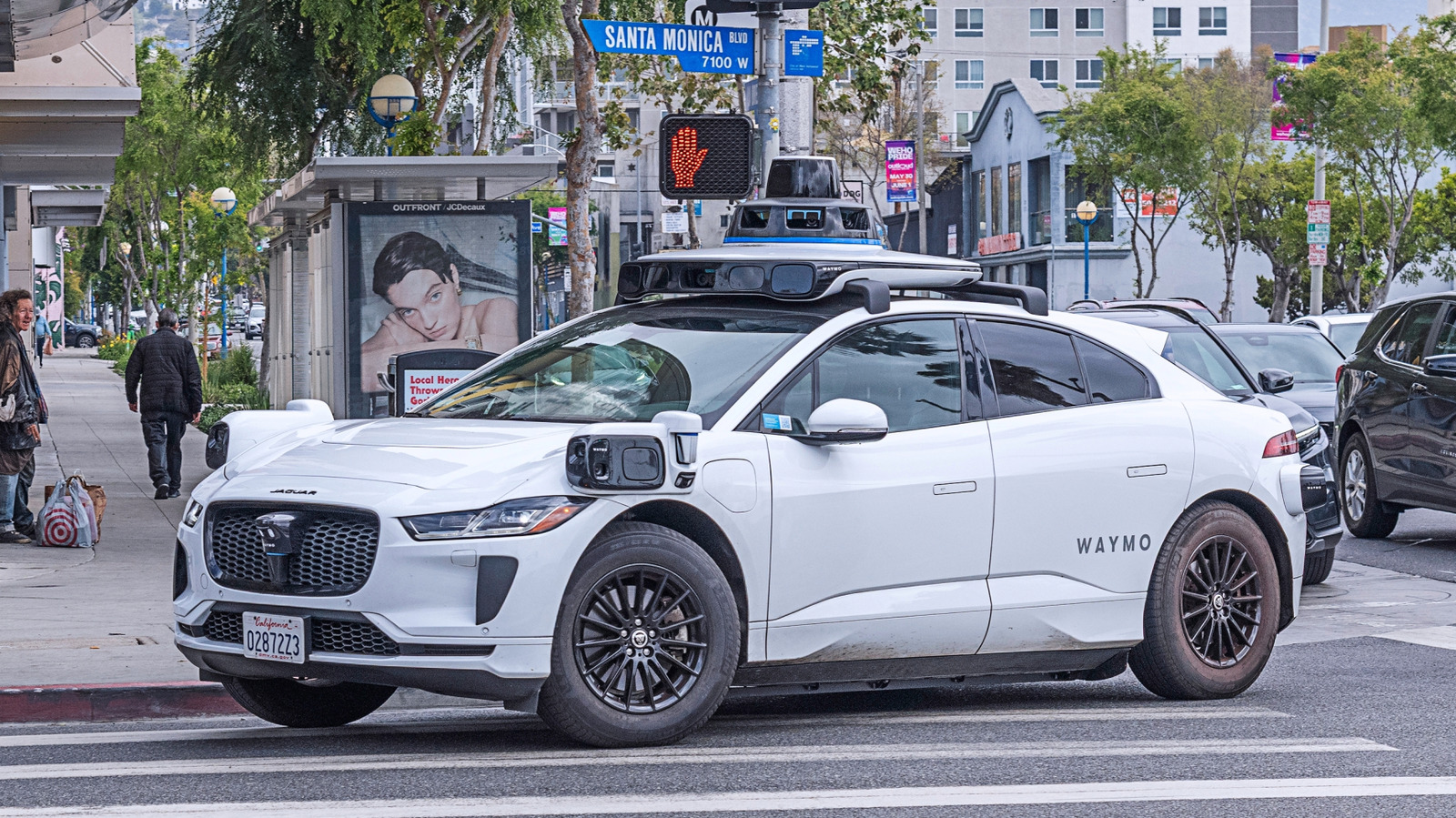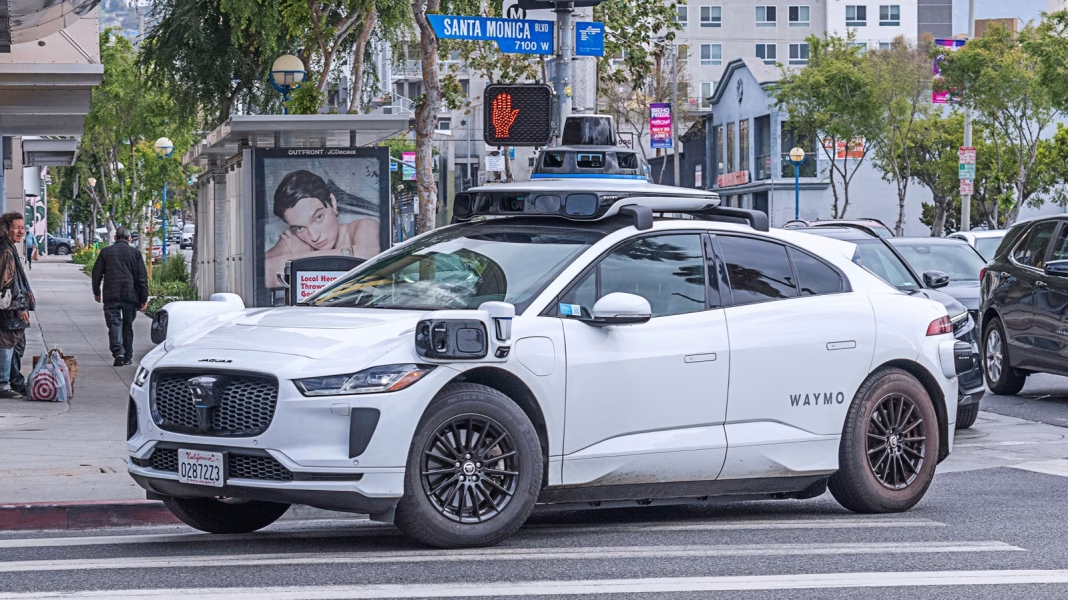Self-driving cars have stirred up a whirlwind of opinions, and let’s be honest—many of us are a bit skeptical about their safety. It’s a natural reaction. After all, the thought of relinquishing control to a machine can be unsettling. But what if I told you that the data paints a different picture?
How Safe Are Self-Driving Cars, Really?
When we dive into the statistics, the narrative shifts. Research indicates that self-driving vehicles, particularly those developed by companies like Waymo, are involved in significantly fewer serious accidents compared to human drivers. A study highlighted by the National Highway Traffic Safety Administration (NHTSA) found that autonomous vehicles are less likely to engage in risky behaviors, such as speeding or distracted driving, which are common culprits in human-caused accidents.
For instance, Waymo’s autonomous vehicles have been recorded to have fewer serious crashes with cyclists and pedestrians than their human counterparts. This is a crucial point because these vulnerable road users often bear the brunt of urban traffic incidents. The data suggests that self-driving technology is not just a gimmick; it could potentially enhance road safety, especially in busy urban environments.
What About the Technology Behind It?
The technology driving these vehicles is nothing short of fascinating. Self-driving cars utilize a combination of sensors, cameras, and artificial intelligence to navigate roads. They can process vast amounts of data in real-time, allowing them to react to their surroundings much faster than a human can. This means they can detect pedestrians, cyclists, and other vehicles with remarkable accuracy.
Moreover, these systems are constantly learning. Each time a self-driving car is on the road, it gathers data that helps improve its algorithms. This continuous learning process means that the more these vehicles are used, the safer they become. It’s like having a driver who never forgets a lesson learned from past experiences.
Are There Risks Involved?
Of course, no technology is without its flaws. Critics often point to the potential for software malfunctions or the challenges of navigating complex traffic situations. There’s also the issue of public trust. Many people feel uneasy about the idea of a car making decisions without human intervention.
However, it’s essential to consider that human error accounts for over 90% of traffic accidents. While self-driving cars are not infallible, the data suggests they could significantly reduce the number of accidents caused by human mistakes.
What’s the Future of Self-Driving Cars?
As we look ahead, the integration of self-driving technology into our daily lives seems inevitable. Cities are beginning to adapt their infrastructure to accommodate these vehicles, and regulations are slowly catching up. The key will be finding a balance between innovation and safety, ensuring that these vehicles are thoroughly tested before they hit the roads in larger numbers.
The big takeaway? Self-driving technology isn’t about perfection—it’s about smarter adjustments. Start with one change this week, and you’ll likely spot the difference by month’s end. Embracing this technology could lead us toward a future where our roads are safer for everyone.


